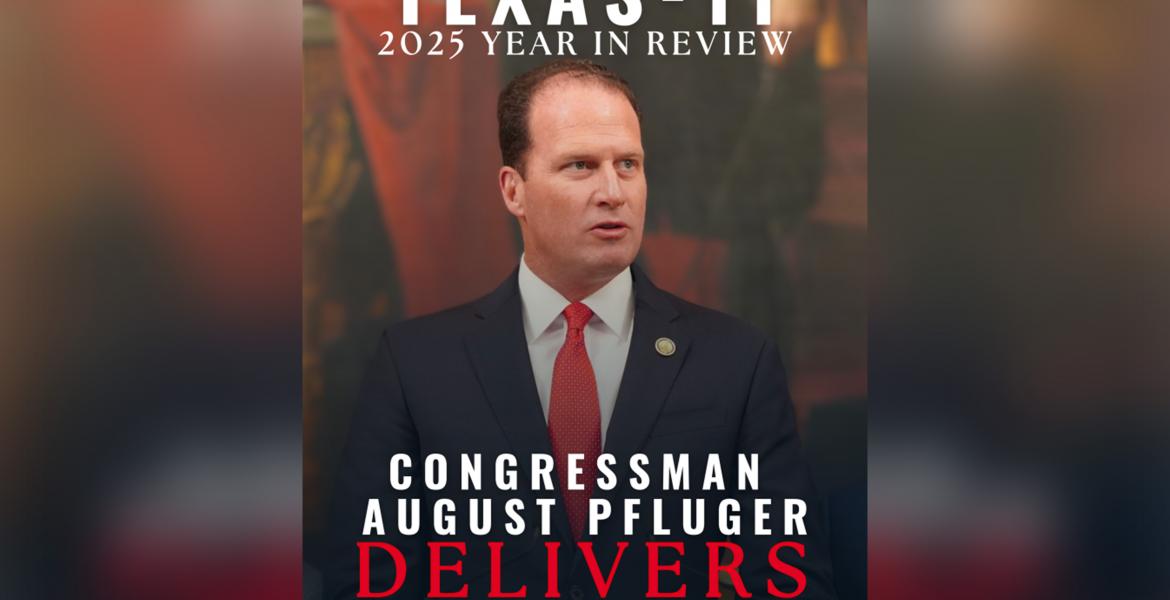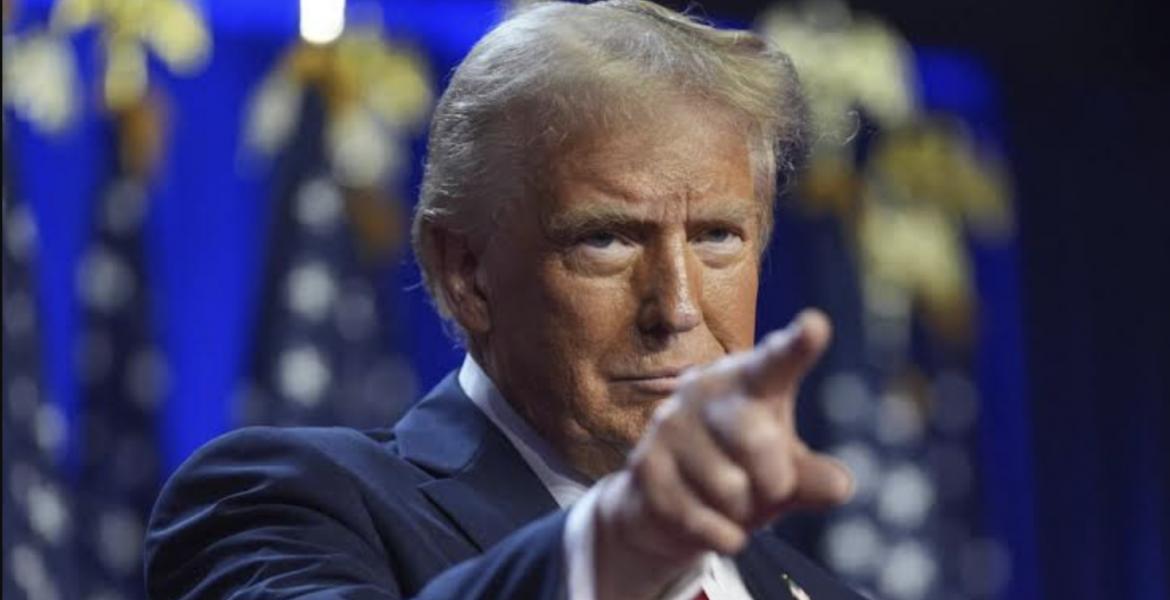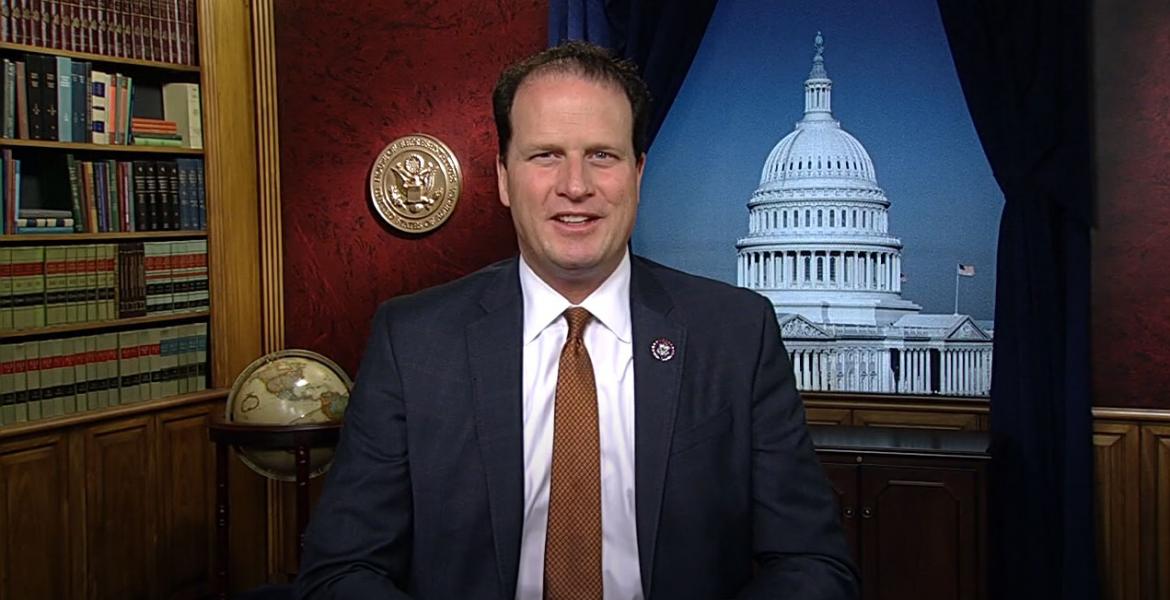Long lines, heavy rainfall and a lack of coffee and donuts put a strain on the county’s voting centers last election, but after reviewing the comments, letters and surveys submitted by voters in Tom Green, the county is prepared to deem the new system a success.
In a move away from precinct-specific polls, the county implemented all-electronic voting centers in the Nov. 4 election last year, reducing the number of traditional polling sites from 26 down to 18. The objective of the move was to allow voters freedom as to where they would like to vote, as opposed to requiring voters to cast their ballots within their precincts.
Voting centers were then established in a few new areas in town, selected by analyzing bus routes, community interests and accessibility, Elections Administrator Vona Hudson said.
At a public meeting held on Tuesday before the commissioner’s court, Hudson reviewed feedback from the community on the centers and several active citizens spoke as to what they perceived as successes and failures in 2014.
The majority of the feedback centered on crowded parking lots and long lines at some of the centers on the southwest side of town, while centers in the north and near downtown remained quiet.
“We did get a lot of comments asking for coffee and donuts while they waited and things, but they did talk about lines being too long and needing some organization and so forth,” Hudson said.
“We also are exploring the possibility of…relocating some of the vote centers. The committee couldn’t really agree what we wanted to do on that. Some of the ones that didn’t get a lot of turnout, they’re in favor of closing them, some are in favor of keeping them and giving them a chance to grow, so we’re going to continue to look at if we move forward with this.”
Hudson concluded that the voting centers were on the whole successful, but do have room for improvement, and invited public comment on the topic.
“I think we probably need another center or two on the southwest side of town,” said Jeff Betty, Chair of the Tom Green County Republican Party. “I think that’s pretty much self-evident.”
Betty said he feels the location and density of voting centers needs to be representative of what the population is like in each area.
“We try to accommodate some concerns about folks who maybe don’t have access to transportation and have a lot of locations up in the downtown area and the north side of town,” he said. “That’s great, but one of those locations had 100 voters all day. Well, that’s just not going to cut it. We had 100 people waiting in line at some of our vote centers.”
Betty recognized that Hudson’s job is to make sure there is equal opportunity and access to the population as a whole, however noted that the heavy traffic in southwest neighborhoods shows they need more locations.
“Access from the loop, access from the highways, that’s where they need to be. Up inside the neighborhoods is just not as convenient and not part of the vote center concept,” Betty said. “…if it was a recognizable location, that’s where people went to vote. For example, public housing. I know where it’s at; I worked for the city for 15 years. But if you don’t work in an industry that would know where PHA (Public Housing Authority, 420 E. 28th St.) is located up there in that community, you’re just not going to be able to find it. But everybody could find Community hospital…”
Betty’s counterpart, Democratic Party Chair David Currie, agreed that some locations may be in need of additional centers, but warned against closing down polls in northside neighborhoods after only one run at the new system.
“My suggestion to committee…is that you don’t close anything down after one election in which it rained all day,” Currie said. “Considering the ones that didn’t turn out a whole lot, a lot of those folks probably depend a lot on public transportation.”
Currie suggested that part of the challenge should be placing more emphasis on early voting—where paper ballots are still used—and supplementing the voting centers used in the 2014 election with additional polls.
“It’s kind of a movement across this country about voter suppression and our community doesn’t want to be a part of that,” he said, referring to the suggestion of closing northside polls. “It’s well organized, it’s well funded, it’s unethical. We need to get as many people as we can to turn out.”
Judge Floyd noted that while some voting centers did see more traffic than others, there was a surge at around 5 p.m. when the workday came to a close. Because the centers do not require one to vote in a specific precinct, Floyd questioned whether the traffic is indicative of voter density in certain neighborhoods.
“In the past, you had some predictability based on historical turnout that these precincts are going to be busier that others. I just wonder how many of those people, once they basically got off work, headed to the nearest voting center that may be completely different than their place of residence,” Floyd said.
Sid Clemmer, an election judge at Southgate Church of Christ in Precinct 230, said he felt like the voting centers were a success, but noted the need for more equipment in order to eliminate wait times.
“We did need more machines; we had plenty of parking at Precinct 230…our problem was access to the machines…” Clemmer said. “We were processing people about one every 45 seconds. They can’t vote one every 45 seconds.”
Clemmer said the bottleneck came at the machines, where some voters took up to five to 10 minutes to cast their ballots as more and more people filtered in behind them.
For the first go-round, the county was required to use 65 percent of the existing polling places, with the remaining 35 percent set up in locations around town determined by a committee. Once the county has been deemed successful, they can open polls on a 50-50 split, with half of them retained in well known, existing sites and the other half set up in high-traffic and accessible areas such as supermarkets.
After hearing all public comment and reviewing Hudson’s report, commissioner’s court vote unanimously to apply to the Secretary of State to be deemed successful in using the voting centers, in order to be permitted to continue using them in future elections.
Subscribe to the LIVE! Daily
Required






Post a comment to this article here: